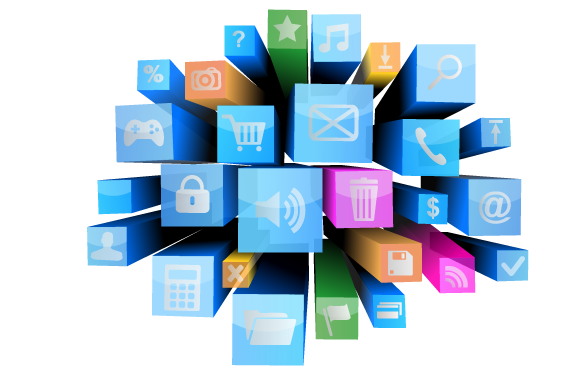When approaching a website, the most important component is the ability for the website to be navigated with ease. Once you’ve attracted visitors (the hard part), you want to ensure you don’t lose them. To do this, you should have easy navigation, making it easy for them to find what they seek.
People visiting your website are looking for a particular product or specific information. Studies showed that Internet users pay little attention when navigating a website is difficult, and after three or four pages they will move to another website. By making it easier for visitors to find their desired information, you will increase the time they spend and stay on your website.
We aim to give you a website that seems almost breezy in its easy functionality while also having a clear presentation of content in accordance with your objectives and the purpose of your company.
Having a website that is easy to "surf" through is one way to help with this. Surfing is the use of texts and images (or any other method) to guide a user through you website. It is a way to connect different parts of your website together, and help the user choose which page to visit.
A navigation system will also appear on each page of the website to help users explore your website. The Google algorithm takes navigation into account as a significant factor, so having this navigation system will not only help your users explore your website more easily, but will increase your chances of your website being positioned higher in the queue of a Google search.
In terms of functionality, when a visitor is on a website, they should be able to answer these two questions:
1. "Where am I?"
2. "Where am I going now?"
The only way to ensure your visitors can answer these questions is by developing and posting navigation systems, which can be found in various forms. Here are some navigation systems:
Text links: the easiest to understand, and also the easiest to use.
Navigation bar: may contain only buttons with graphics, or text links.
A navigation system must be easy to understand and use, no matter who is using the website.
A navigation system must always notify the user of their current location as well as where they can go. Links should be clear and prominent; a visitor should know where they would be going when clicking on a link.
Instead of using words in your navigation system, you can opt for using graphical buttons as well, such as an icon of a house to go to the main page ("home"), left and right arrows to illustrate going "forward" or "back". In conjunction with links, the navigation system will be simple and easy to use.
Icons can also ensure continuity of web graphics. A website can have pages with graphics ad different icons to be repeated on every page. It will help visitors to understand and locate similar functionalities. Icons create continuity specifically for websites that have vastly different pages.
A site map is another method developed for navigating a website. It is the most difficult, but just as useful, and recommended with websites that have 10 or more pages.
Today, creating an online presence is essential for many businesses. While it is not easy to create a great website and is more difficult to optimize it and to provide a more enjoyable user experience, you need to remember that you do not create a website for your personal needs but for the needs of your customers. The website should be able to solve the requirements, issues and answer questions users.








